All of Stanley Kubrick’s movies ranked
- Oops!Something went wrong.Please try again later.
- Oops!Something went wrong.Please try again later.
- Oops!Something went wrong.Please try again later.
Over his career, Stanley Kubrick forged a legacy as one of history’s most innovative and ambitious film directors. Though he was infamous for his unyielding and obsessive perfectionism, he was revered for his groundbreaking works across multiple genres, as well as his influence on the best filmmakers who came after him.
Here’s a look at Kubrick’s filmography, ranked from worst to best.
13. Fear and Desire (1952)
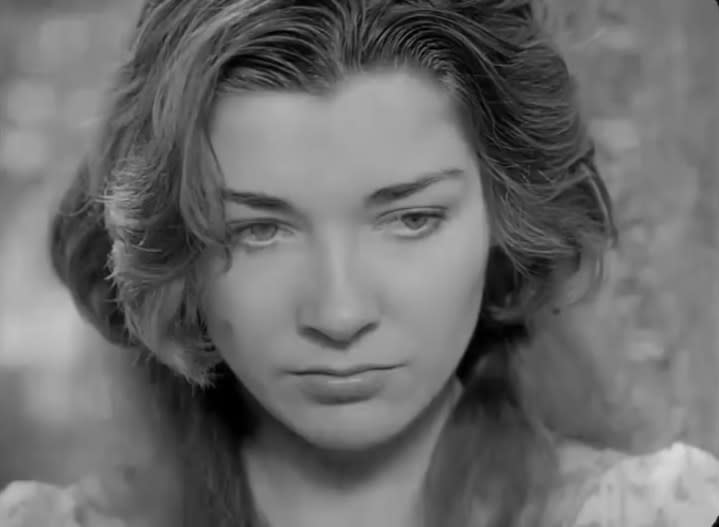
This film follows a group of soldiers from an unknown country who find themselves stranded behind enemy lines, as they descend into violence and insanity whilw struggling to survive.
At times, the movie feels like a shoddy prototype of The Twilight Zone, with its acting and dialogue leaving a lot to be desired. But as Kubrick’s directorial debut, Fear and Desire stands as a good introduction to his style of filmmaking.
12. Killer’s Kiss (1955)
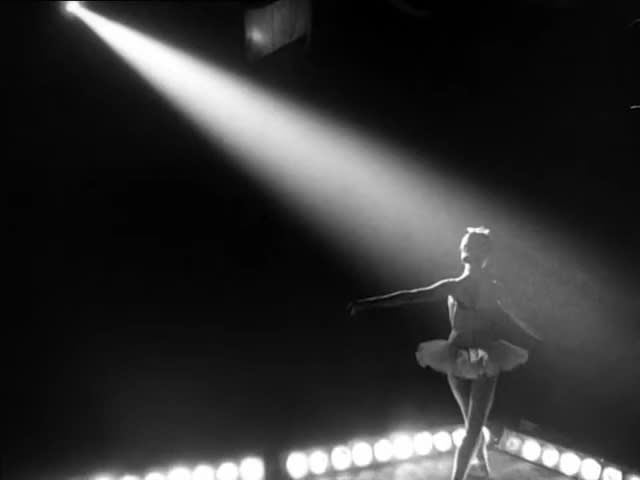
When an aging boxer (Jamie Smith) starts a romance with a ballroom dancer (Irene Kane), they must both face the wrath of the latter’s gangster boss (Frank Silvera) when they decide to run away together.
Though the ending may not fit with the rest of the story, Killer’s Kiss serves as a vast improvement over the director’s previous project. With its terrific camerawork, some of the movie’s stylistic aspects serve as a precursor to the more famous members of Kubrick’s filmography.
11. The Killing (1956)
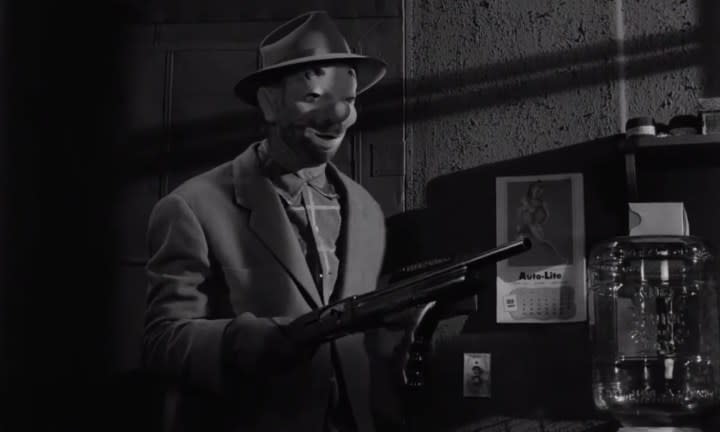
Compared to films like Scarface and Little Caesar, this film follows a criminal (Sterling Hayden) who assembles a team to pull off one last robbery before he settles down with his wife (Colleen Gray). But when his accomplice’s wife (Marie Windsor) learns about the heist, she and her lover (Vince Edwards) try to steal the cash for themselves.
Today, The Killing may seem like a typical noir film that isn’t as recognizable as Kubrick’s more distinctive films. It may also be seen as heavy-handed with its voice-over narration. However, it still presents a thrilling nonlinear story that gives a unique perspective of the heist destined to go wrong.
10. Lolita (1962)
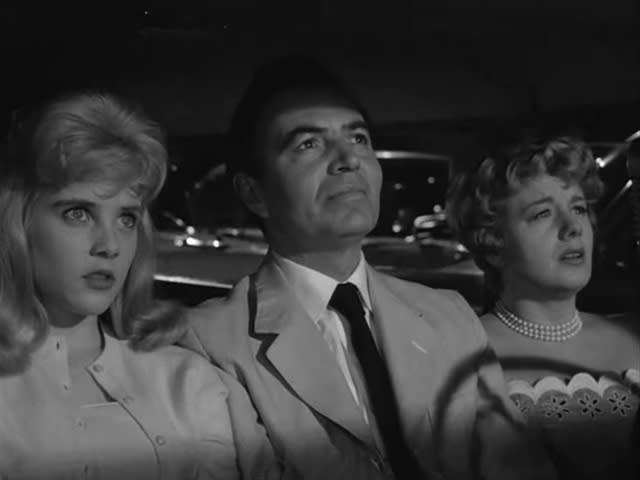
Based on Vladimir Nabokov’s controversial novel of the same name, this black comedy follows a middle-aged man (James Mason) in his pursuit of the titular 14-year-old girl (Sue Lyon).
It’s a divisive story, especially in the modern age, and the film doesn’t explore enough of the darkness in Humbert’s abusive relationship with Lolita. Nevertheless, Kubrick’s adaptation turns Nabokov’s story into watchable cinema thanks to its witty humor and performances, specifically those of Mason, Lyon, and Peter Sellers.
9. Paths of Glory (1957)
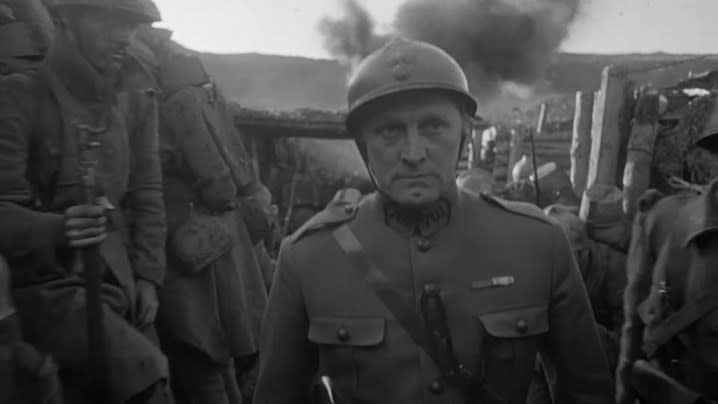
Taking place during the First World War, Paths of Glory follows a colonel/lawyer who defends his soldiers in court after they refuse to carry out a suicide mission against the enemy.
Similar to Kubrick’s other films, Paths of Glory paints a dark picture of the dehumanizing effects of combat as the camera travels through the trenches of No Man’s Land. Blending tense action pieces and intense legal drama, this film takes a hard look at the grim reality of war and the injustices that occur both on and off the battlefield.
8. Spartacus (1960)
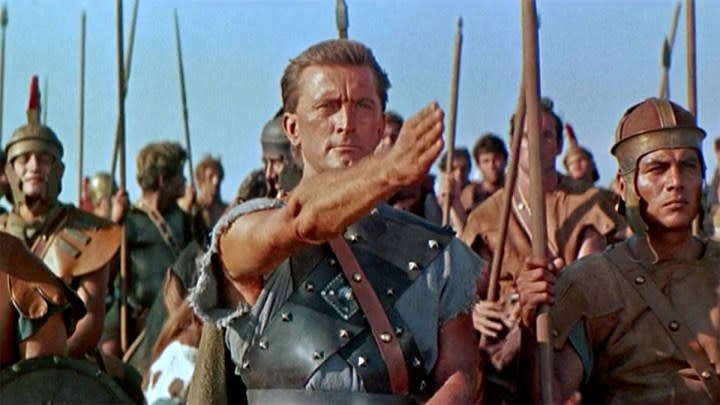
This jaw-dropping epic depicts a fictionalized account of the titular gladiator as he leads his fellow slaves in a revolt against their Roman oppressors.
Having directed more underrated films beforehand, Spartacus established Kubrick as a master of his craft thanks to its incredible visuals, gripping action scenes, and stirring narrative. The “I am Spartacus” scene singlehandedly cemented this film in the annals of cinema history. However, the fact that Dalton Trumbo wrote the screenplay helped put an end to Hollywood blacklisting.
7. Eyes Wide Shut (1999)
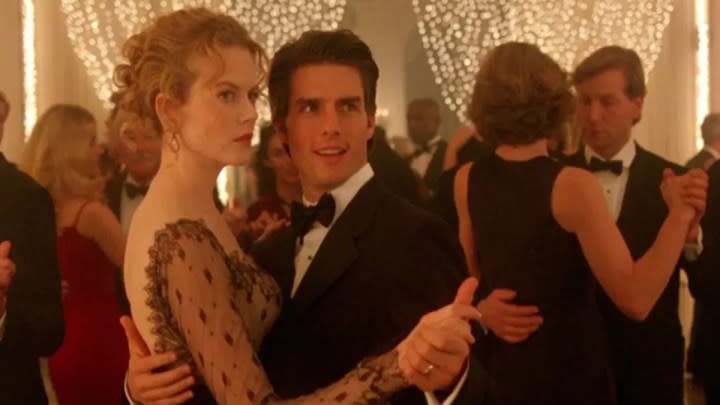
Kubrick’s final film before his death, this erotic thriller follows a married man (Tom Cruise) who, after an argument with his wife (Nicole Kidman), has many sex-related encounters while wandering the streets of New York, culminating in a mask party hosted by a mysterious cult.
Though it may not be as captivating as one would expect, Eyes Wide Shut presents a dazzling and unnerving odyssey into the surreal underbelly of human desire, venturing into areas many would dare not tread.
6. Full Metal Jacket (1987)

Full Metal Jacket follows a young man (Matthew Modine) as he goes from a wide-eyed trainee to a hardened soldier while being immersedin the unforgiving tides of war. Similar to Apocalypse Now, this film satirizes the injustices behind America’s war in Vietnam with sheer cinematic brutality.
From training with a tyrannical drill sergeant to fighting on the front lines, Private Joker’s chilling story conveys the destruction and dehumanization forced upon those trying to fight for their country.
5. Barry Lyndon (1975)
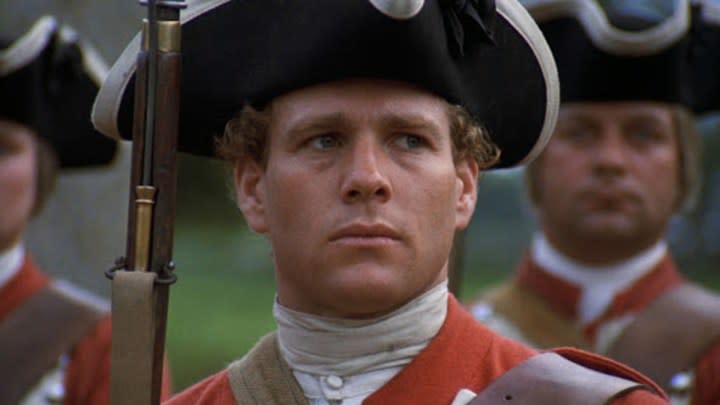
Having emerged from Kubrick’s canceled Napoleon biopic, Barry Lyndon follows a greedy scoundrel who fights and marries his way to wealth and luxury in 18th-century England.
This grand and exquisite epic was revolutionary for shooting scenes lit only by candlelight. But true to its nature as an art piece, Barry Lyndon indulges in its own cinematic artistry, which has narrowed its audience to the most die-hard historians and movie lovers.
4. Dr. Strangelove or: How I Learned to Stop Worrying and Love the Bomb (1964)
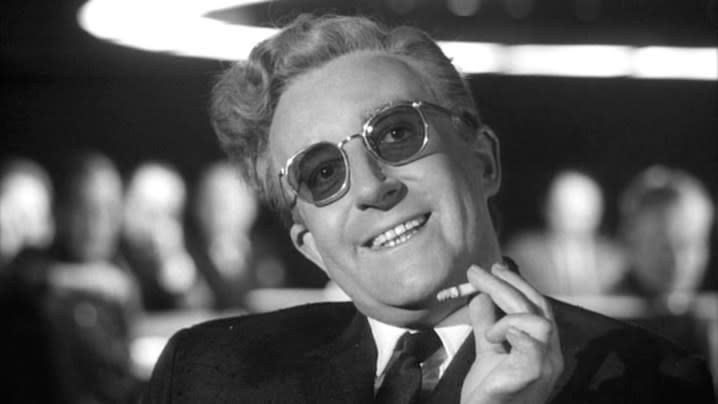
After a paranoid Air Force (Sterling Hayden) general orders a nuclear strike on the USSR, the U.S. president (Peter Sellers) and his cabinet race against the clock to prevent this attack from setting off a Soviet doomsday device that will destroy the world.
Just a couple of years after the Cuban Missile Crisis, and with the possibility of nuclear war was on everyone’s mind, Dr. Strangelove came along and provided a hilarious, but cautionary tale about how easily the human race can destroy itself in an age ruled by foolish politicians and their atomic bombs.
3. A Clockwork Orange (1971)
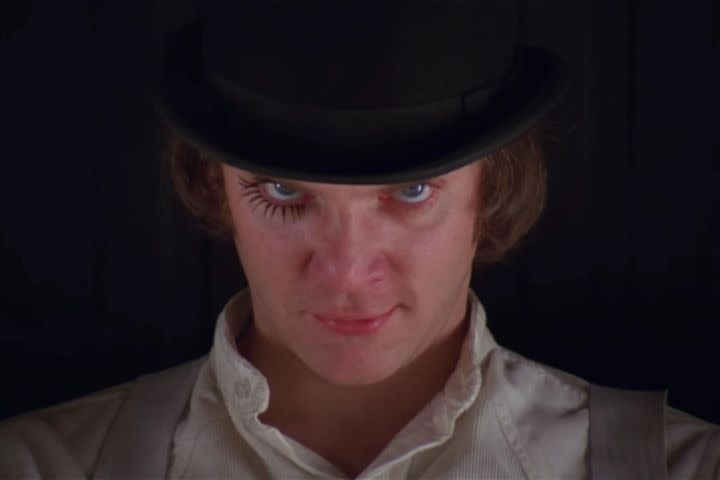
This one is arguably Kubrick’s most controversial picture. Set in a dystopian version of London, this film follows sadistic teenager Alex (Malcolm McDowell) as he and his gang of droogs get their jollies by engaging in sexual assault and ultraviolence, both of which the film may overindulge in presenting.
Despite this, A Clockwork Orange offers a thought-provoking satire of society as Alex is all but stripped of his free will by a corrupt government seeking to “cure” him of his evil.
2. The Shining (1980)
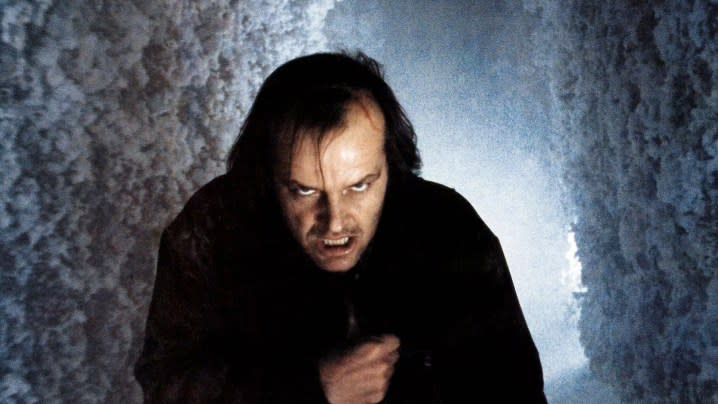
Based on the novel by Stephen King, this movie follows an alcoholic writer (Jack Nicholson) who takes his wife (Shelley Duvall) and psychic son (Danny Lloyd) to watch over a haunted hotel for the winter, only to get torn apart by cabin fever and the malevolent specters watching over them.
Though it was divisive upon release for its deviations from King’s book, The Shining has since become a horror classic thanks to its haunting atmosphere, outstanding cinematography, and Jack Nicholson’s lead performance. It may not stay true to the source material, but Kubrick’s movie is a cinematic beast of its own.
1. 2001: A Space Odyssey (1968)
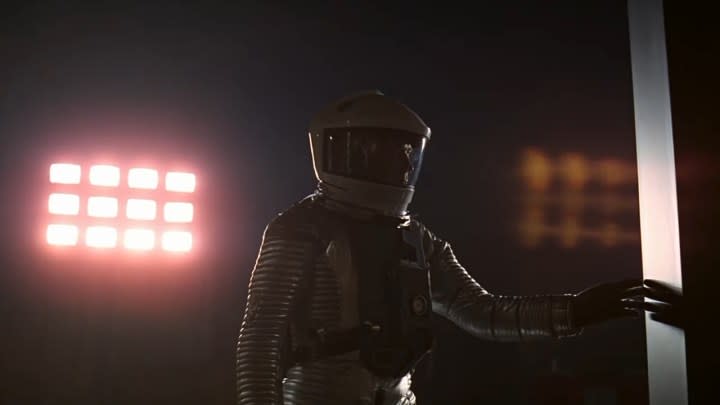
After an alien monolith is unearthed on the moon, a team of astronauts and their sentient supercomputer set off to investigate a similar anomaly near Jupiter. This sci-fi masterpiece presents an operatic portrayal of humanity’s evolution as influenced by aliens, from learning to use tools to creating AI and exploring the infinity of space.
2001: A Space Odyssey, a sci-fi movie with a great ending, was decades ahead of its time back in 1968, and it continues to hold up today thanks to its unforgettable imagery and realistic effects, which helped establish Kubrick as a style-setter all his own.

